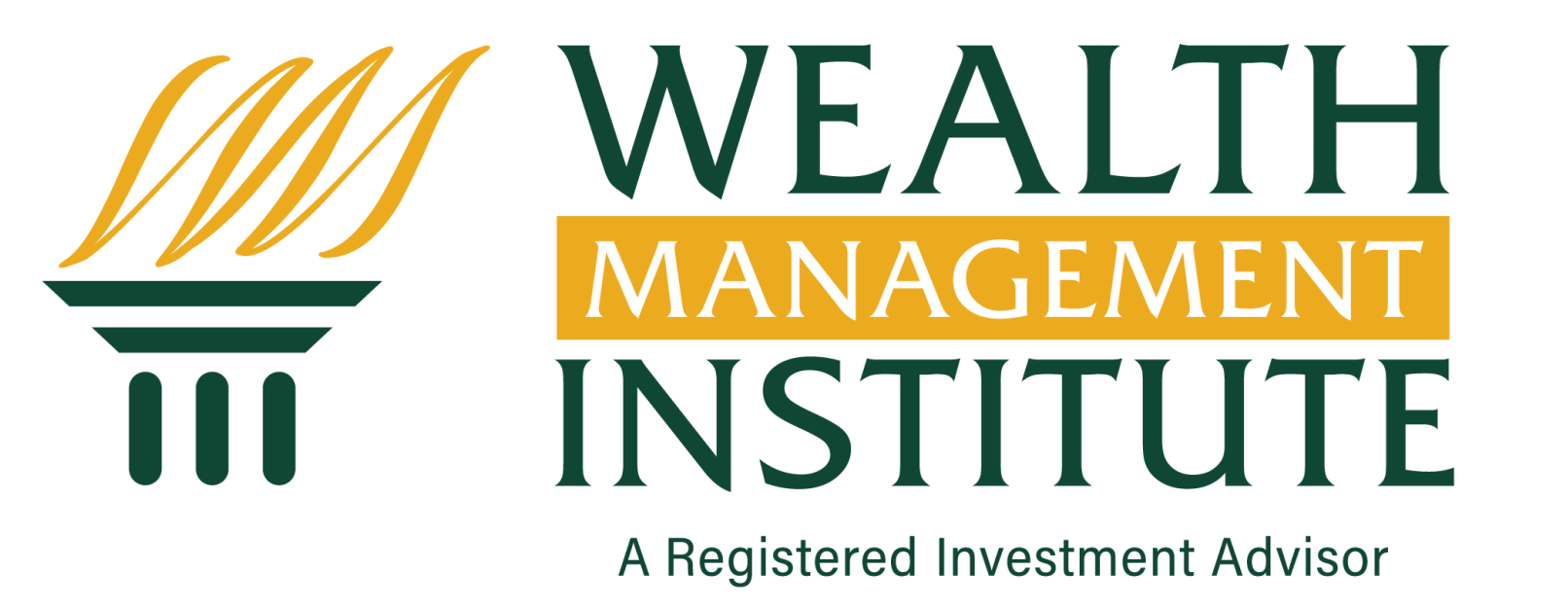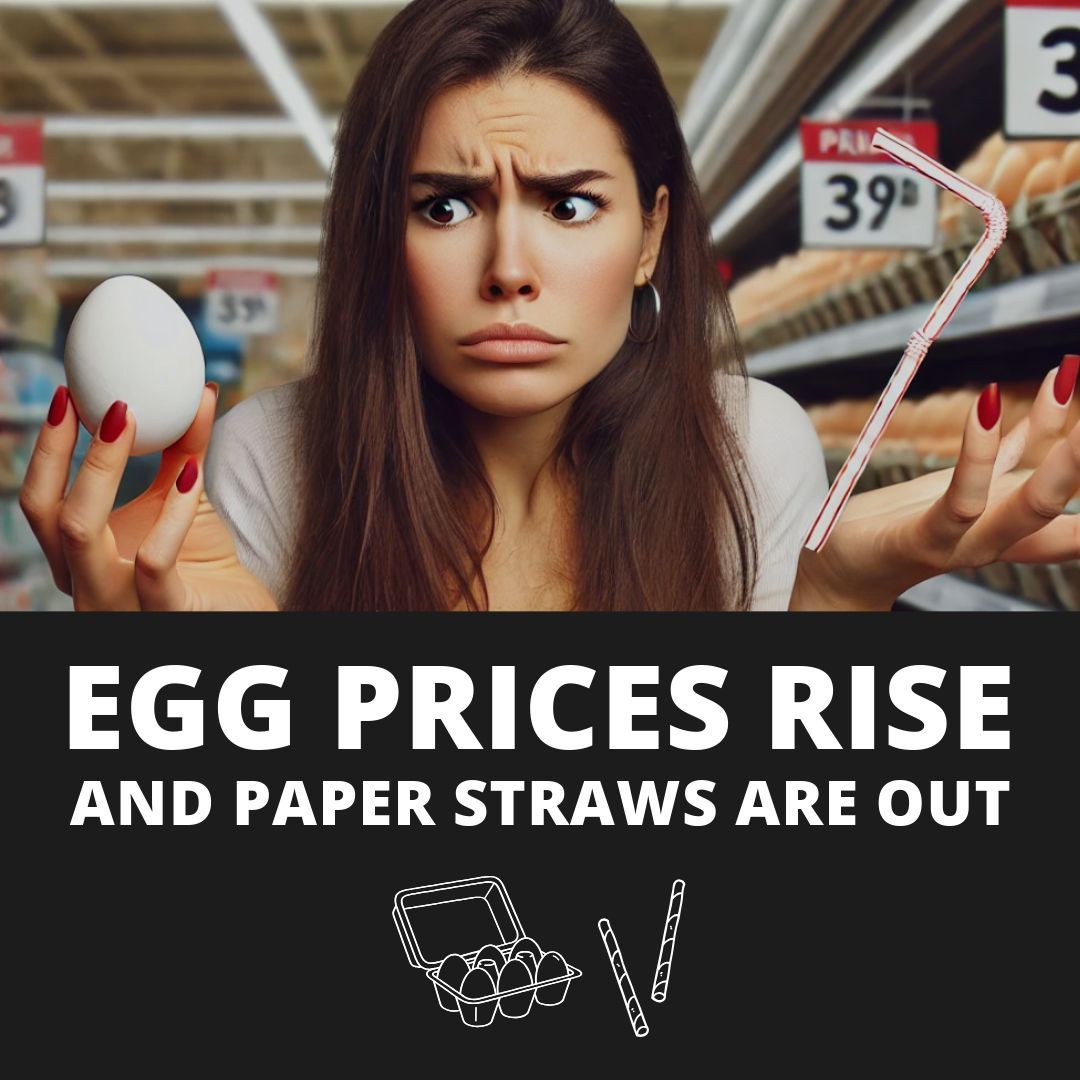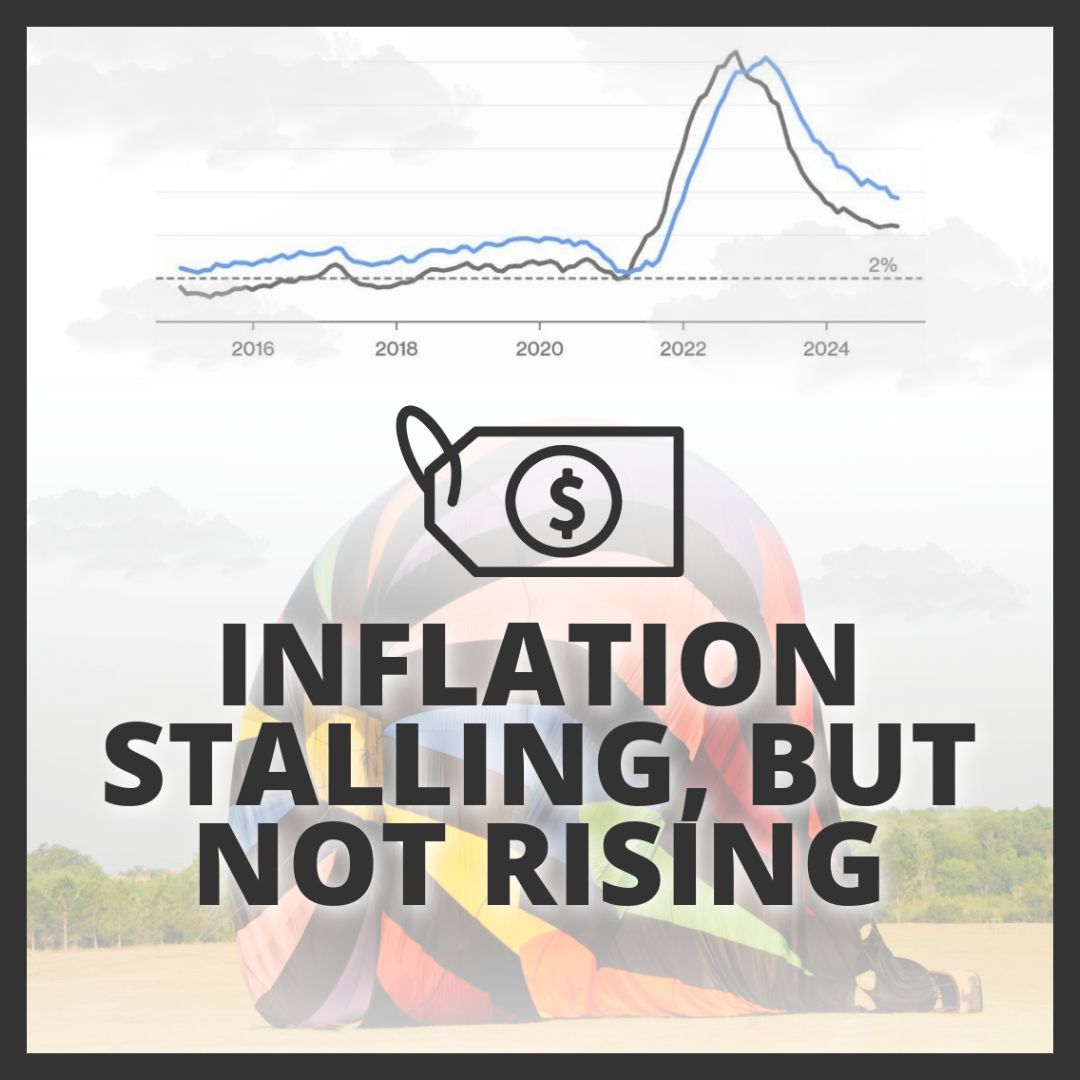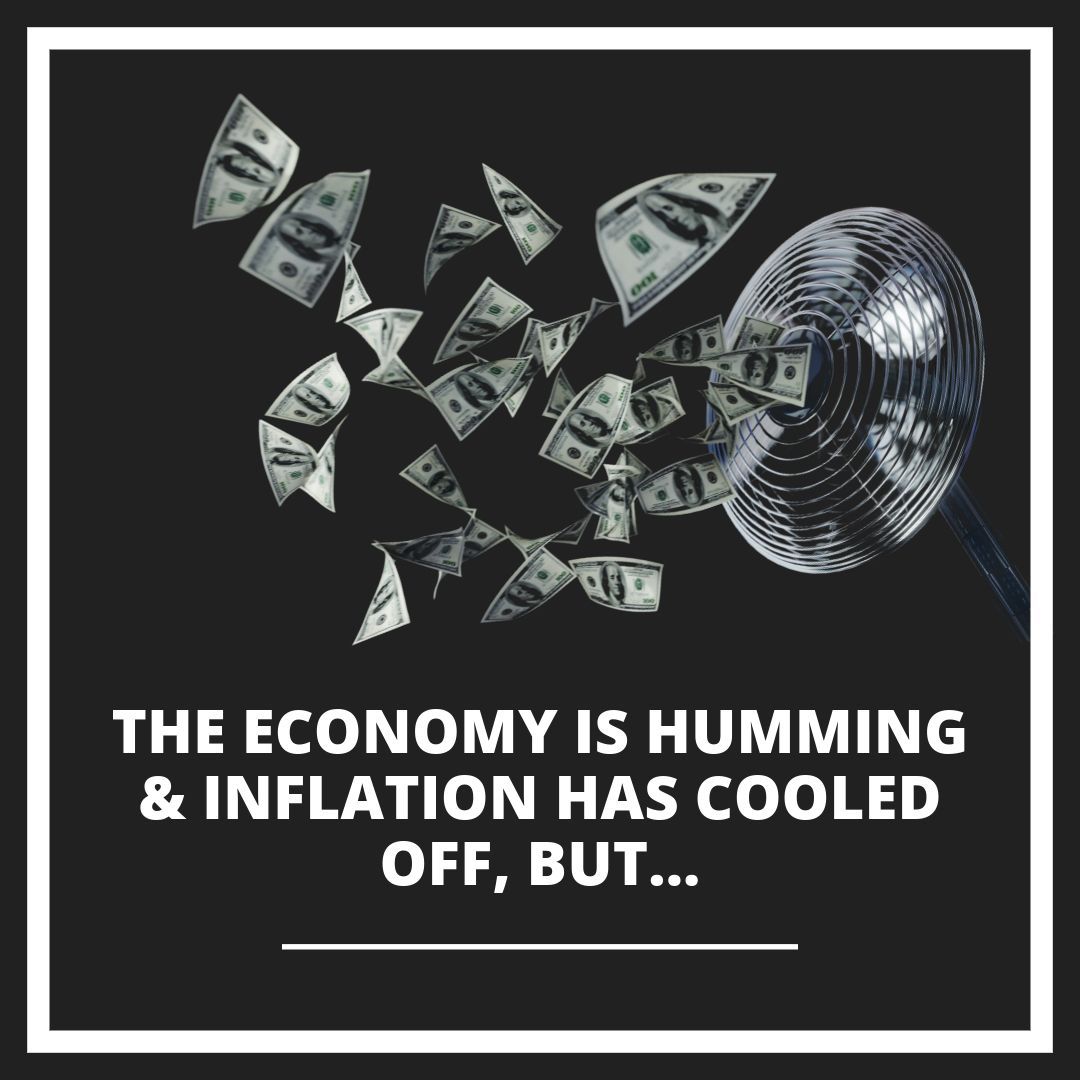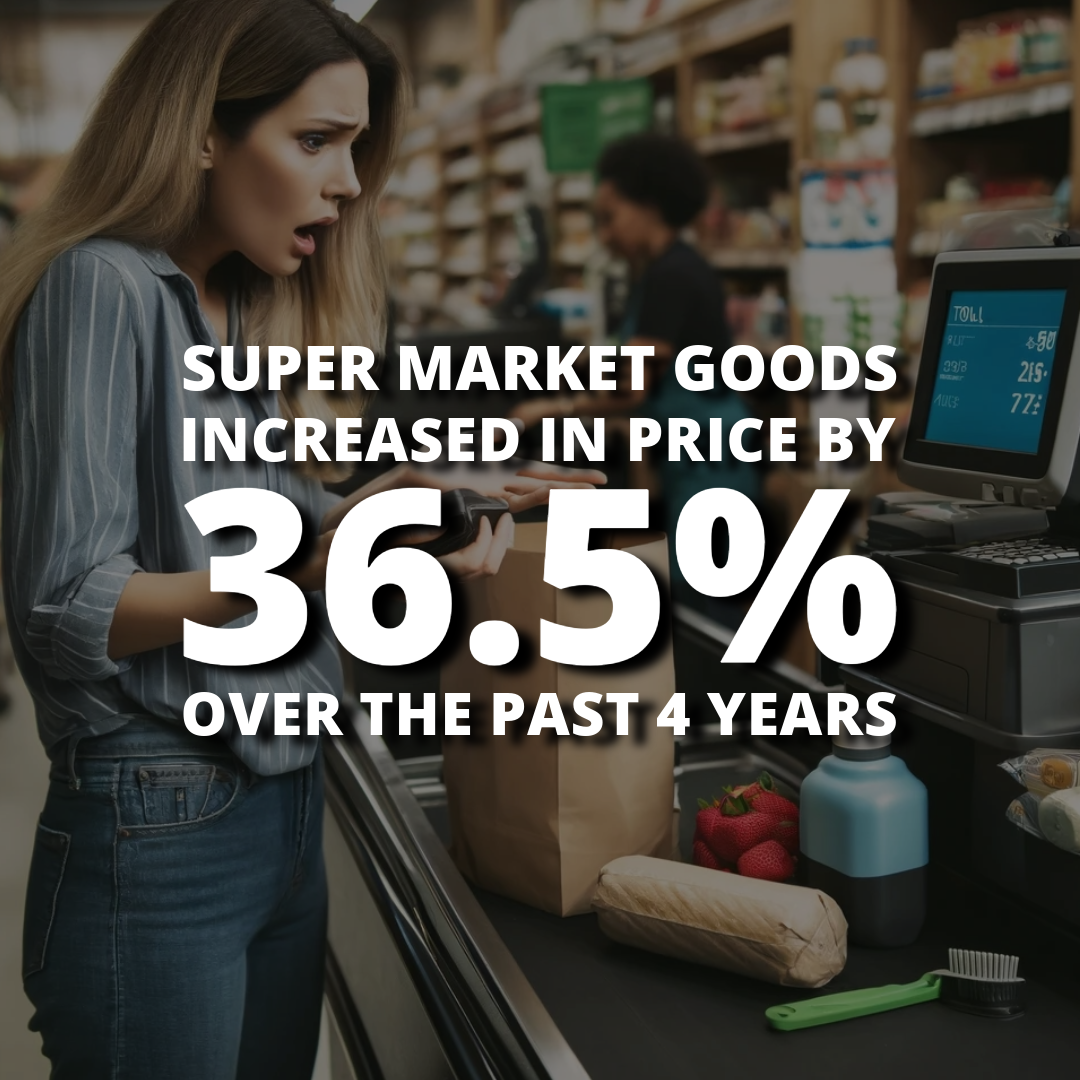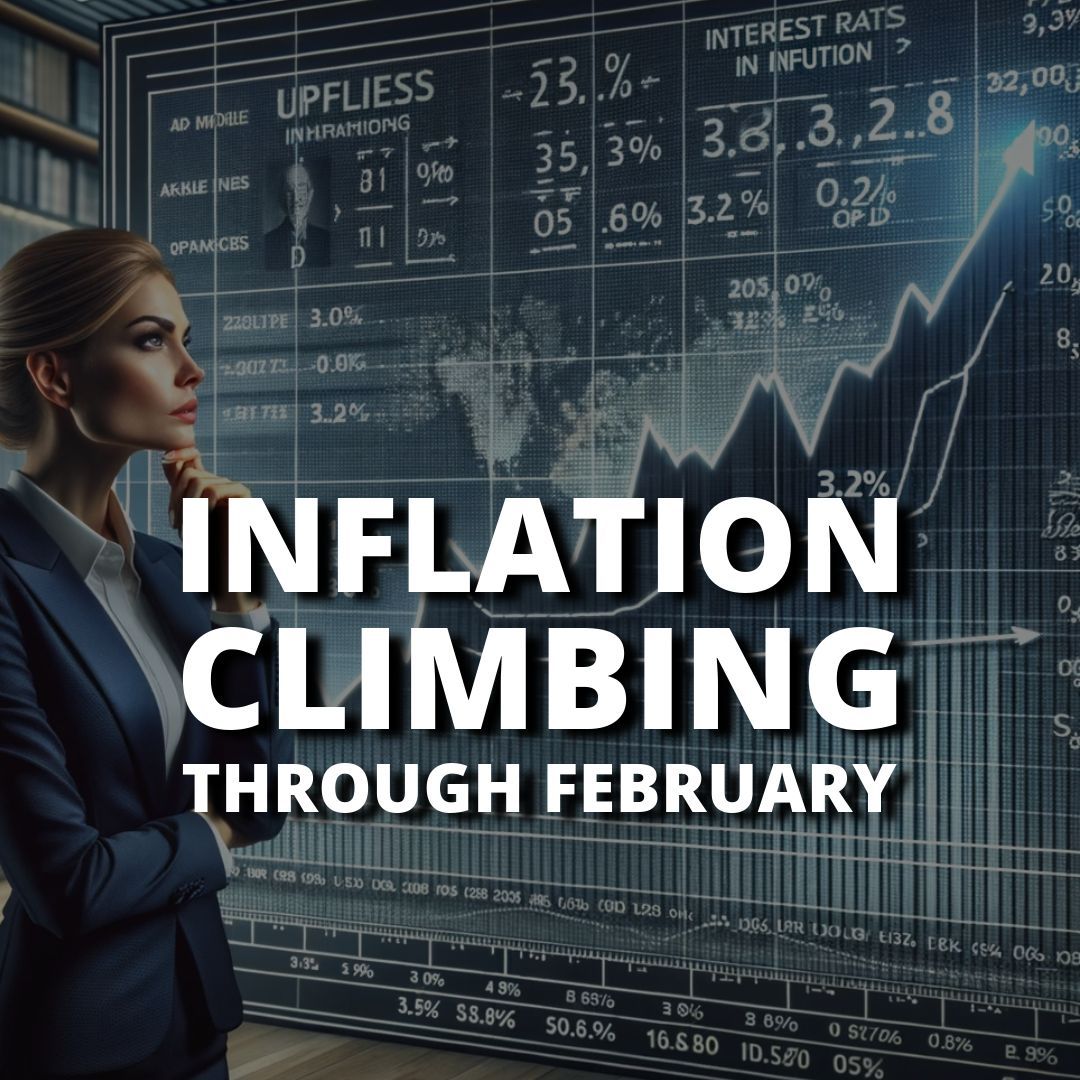Economy Bouncing Back
Economy is Bouncing Back

The U.S. economic recovery is accelerating
as stimulus money, Covid-19 vaccinations, and business re-openings spur a spring surge in consumer spending, a sharp pullback in layoffs, and a bounce-back in factory output.
Retail sales jumped 9.8% in March. The gain in consumer spending — the biggest driver of economic activity — came as the government began distributing hundreds of billions of dollars of stimulus funds to households.
The government also reported industrial production rebounded in March
after a decline in February. The economic readings taken together reflect people going back to work, people seeing more income, and people spending.
Nearly 200,000 fewer workers filed for initial unemployment benefits
as jobless claims fell to 576,000 last week from 769,000 a week earlier.
The U.S. housing market is 3.8 million single-family homes short
of the country’s demand, according to Freddie Mac.
Federal debt
— incurred when the government sells Treasury bonds, bills, notes, and other securities to help cover its costs — recently hit an all-time high. The U.S. budget deficit grew to a record $1.7 trillion in the first half of the fiscal year as a third round of stimulus payments sent federal spending soaring last month.
U.S. consumer prices rose sharply in March, marking the start of an expected inflation pressures.
Some of the price increases reflected temporary factors, but others showed how demand for many goods and services is reviving a year after the coronavirus pandemic shut down large swaths of the economy.
Traders welcomed exceptional manufacturing data, with a gauge of mid-Atlantic factory activity hitting its highest level in nearly five decades.
Important inflation data, consumer prices rose 0.6% in March, while core (ex-food and energy) prices rose 0.3%, both moderately above consensus expectations. Import prices rose 1.2%
in the month, also above forecasts.
Source: “The Madison Weekly Market Wrap”, April 18 2021.
Share
Tweet
Share
Mail
Contact Info
4710 W. Saginaw Hwy., Suite A
Lansing, MI 48917
517-323-2063
hmartin@wminstitute.com
Disclosures
Investing involves risk including the potential loss of principal. Consider your risks and objectives before investing. This is for informational purposes only and should not be construed as tax advice. Consult your tax advisor regarding your specific situation.
Securities and advisory services offered through Madison Avenue Securities, LLC, a Registered Investment Advisor, member FINRA and SIPC. Advisory services also offered through Wealth Management Institute, Inc., a Registered Investment Advisor. Wealth Management Institute and Madison Avenue Securities, LLC are not affiliated entities. Frank Cherniawski is securities registered in: AZ, CA, CT, FL, GA, IN, MI, MO, NC, OH, WA and Advisory Licensed in CA and MI with Madison Avenue Securities, LLC. Please inquire with the advisor about your state prior to further discussion or any decisions.
For Broker Check, click here
California Disclosures
Frank Cherniawski, Certified Financial Planner, is filed with the Commissioner and has not been disapproved. Personal state of domicile and principal place of business is Michigan. California Insurance License Number: 0B81627.
Privacy Policy
View Our Privacy Policy Here
